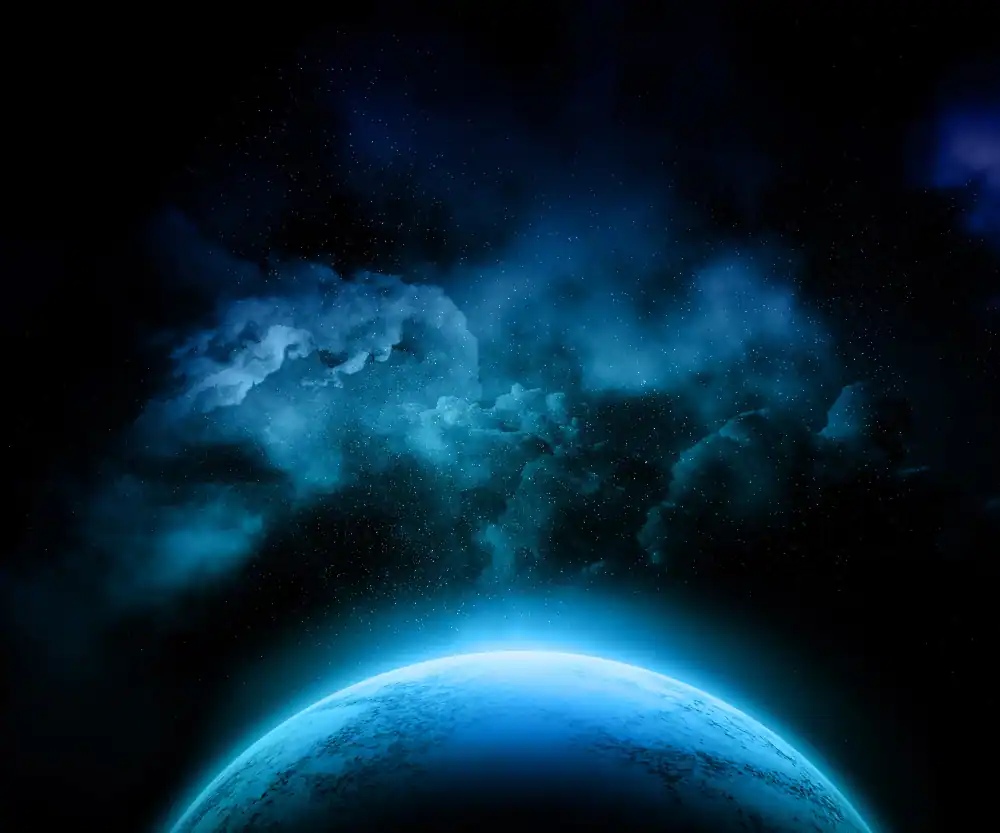Our understanding of the vast mysteries within our universe remains limited, with just a mere 1% illuminated by our current knowledge.
The celestial bodies comprising our solar system continue to shroud themselves in secrecy, their full extent still eluding our grasp.
It’s noteworthy that Jupiter, Saturn, Neptune, and Uranus, the four prominent planets in our solar neighborhood, undergo a fascinating phenomenon known as diamond rain.
Moreover, there are specific enclaves in the cosmos where the heavens bestow upon us the curious spectacle of ruby and sapphire precipitation.

Let’s embark on a journey to uncover the whereabouts of these gemstone showers, their distance from Earth, and the underlying rationale behind this celestial phenomenon.
Planet That Rains Rubies and Sapphires
Enter Planet P-7-b, colloquially known as Kepler-2b, residing a staggering 1,044 light-years distant from our humble abode.
On this distant orb, a spectacle unfolds where rubies and sapphires cascade from the skies, a consequence of the abundant presence of aluminum oxide, or Corundum, within its atmospheric makeup, the very essence from which these precious gems derive.
Spanning approximately 1.5 times the girth of Jupiter, its scorching temperatures oscillate between a blistering 2,600°C during the day and a relatively cooler 1900°C by nightfall.
A gas giant akin to Jupiter, its gravitational pull dwarfs that of Earth, measuring at an imposing 17.36 m/s².
Circumnavigating a star eclipsing our Sun in size by one and a halffold, the planet is subjected to tempestuous winds, surpassing even the mighty gales of Jupiter, revolving around an F-type star.
In a curious twist reminiscent of our Moon’s relationship with Earth, this celestial body is tidally locked, perpetually presenting one face to its solar counterpart.
Discovered in the annals of 2008, the planet boasts an astonishing light absorption rate, devouring a staggering 97% of all light that dares to grace its surface, earning it the epithet of one of the darkest celestial bodies known to humanity.
Read Also👇👇👇
Which Decade Had the Worst Natural Disasters in the World




